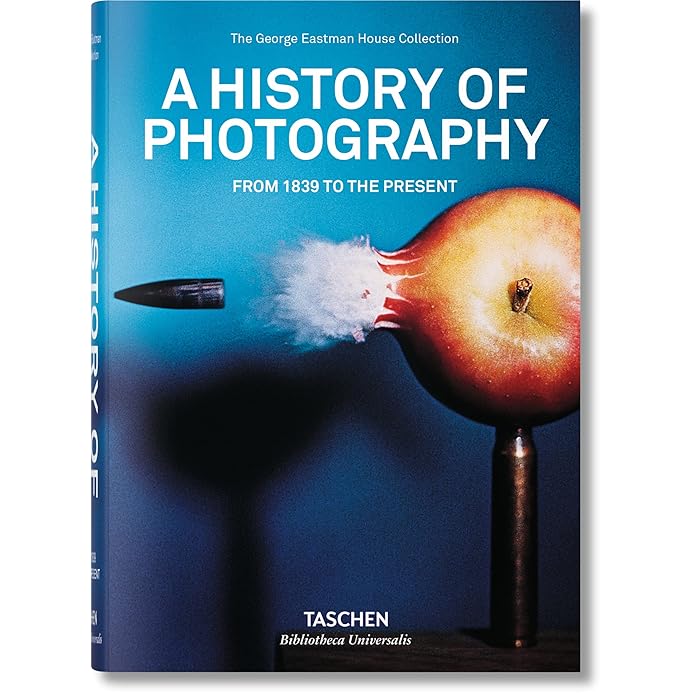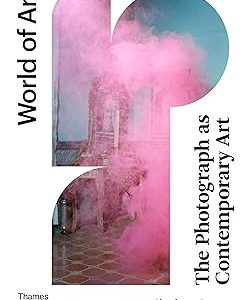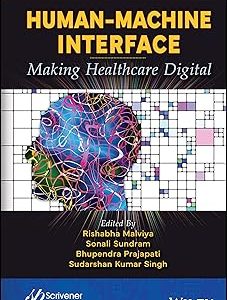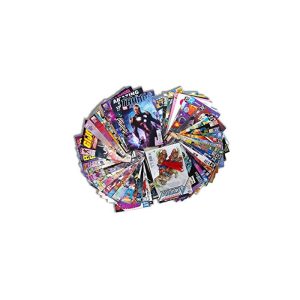Description
### A History of Photography
Photography, in its modern form, is the result of a long evolution of scientific, technological, and artistic innovations. The journey from the first experiments with capturing images to the development of contemporary digital photography spans several centuries, shaped by breakthroughs in chemistry, optics, and engineering.
#### 1. **Precursor to Photography: Early Experiments**
– **Camera Obscura (11th Century)**: The concept of capturing images begins with the **camera obscura** (Latin for “dark room”), a device that projects an image of its surroundings onto a screen. It was used as an aid by artists to help with perspective and composition. The earliest mention of the device comes from the work of **Ibn al-Haytham** (Alhazen), a 10th-century Arab scholar.
– **Development of Optics and Light Sensitivity**: Early work in optics and the understanding of light laid the foundation for the later invention of photography. In the 16th and 17th centuries, scientists such as **Johannes Kepler** and **Isaac Newton** developed theories of light and color that would become key to photographic technology.
#### 2. **The Birth of Photography: 19th Century**
– **Joseph Nicéphore Niépce (1826-1827)**: The French inventor **Niépce** is credited with creating the first permanent photograph. His **heliograph** (or “sun drawing”) was made by exposing a bitumen-coated plate to light in a camera obscura. The exposure took about eight hours, but the image, titled **View from the Window at Le Gras**, is recognized as the first successful photograph.
– **Louis Daguerre (1839)**: Building upon Niépce’s work, **Louis Daguerre**, another Frenchman, developed the **daguerreotype** process, which drastically reduced exposure times (to minutes instead of hours). The daguerreotype was the first commercial photographic process, producing highly detailed and sharp images on metal plates. In 1839, Daguerre and the French government made the process publicly available, marking the official birth of photography as we know it.
– **William Henry Fox Talbot (1841)**: The English scientist **Talbot** developed a different photographic process called the **calotype** or **talbotype**, which used paper coated with silver chloride to create negatives. This allowed for multiple prints to be made from a single negative, making it a precursor to modern photographic methods.
#### 3. **Advances in Photographic Processes**
– **Tintypes and Ambrotypes (1850s-1860s)**: In the mid-19th century, new formats such as the **tintype** (a metal-based photograph) and the **ambrotype** (a photograph on glass) became popular for their relative affordability and ease of production. They were widely used for portrait photography.
– **Albumen Prints (1850s)**: The **albumen print** was a photographic print made on paper coated with egg white, which provided a glossy finish. This process, introduced by **Louis Désiré Blanquart-Evrard**, became the dominant method of commercial photography for several decades.
– **Collodion Wet Plate Process (1850s-1880s)**: The wet plate collodion process, invented by **Frederick Scott Archer**, was a significant step forward. It required photographers to coat a glass plate with collodion, sensitize it in a bath of silver nitrate, expose it while still wet, and then develop it quickly. The resulting negatives were sharper than those made with albumen prints, and the process was widely used for portraiture and landscape photography until the 1870s.
#### 4. **The Rise of Film Photography**
– **George Eastman and Kodak (1888)**: The introduction of the **Kodak camera** by **George Eastman** revolutionized photography. In 1888, Kodak introduced the first camera that was affordable and easy to use for the general public. It came preloaded with a roll of film and allowed users to take photographs without needing to understand the complex processes involved. After taking pictures, users could send the film back to Kodak for processing, making photography accessible to the masses. This marked the beginning of **snapshot photography**.
– **Dry Plates (1870s-1880s)**: The development of **dry plates**—glass plates coated with light-sensitive emulsions—was a major improvement over the wet plate process. Dry plates could be stored and used later, eliminating the need for photographers to prepare plates immediately before each exposure.
– **35mm Film (1920s)**: In the early 20th century, the **35mm film format** became standardized for motion pictures and still photography. The introduction of smaller, more portable cameras like the **Leica** helped establish 35mm film as the industry standard.
#### 5. **Color Photography**
– **Autochrome (1907)**: The first widely used commercial process for color photography was **Autochrome**, developed by the Lumière brothers in France. It used colored grains of starch to create color images. Though it was expensive and difficult to use, it marked an important step in making color photography practical.
– **Kodachrome (1935)**: Introduced by Kodak in 1935, **Kodachrome** was a groundbreaking color film that offered vibrant and long-lasting color images. It became the standard for color photography throughout much of the 20th century.
#### 6. **The Digital Revolution**
– **Digital Sensors (1960s-1970s)**: Early digital photography traces its origins to the development of **charge-coupled devices (CCDs)** in the 1960s and 1970s. These sensors, which convert light into electrical signals, were initially used in scientific and military applications. By the 1980s, the first digital cameras began to emerge, though they were expensive and had limited resolution.
– **The First Digital Camera (1975)**: **Steven Sasson**, an engineer at Kodak, invented the first digital camera in 1975. It was a bulky device that recorded black-and-white images at a very low resolution (0.01 megapixels) and could store images on a cassette tape.
– **The Digital Camera Revolution (1990s-2000s)**: In the 1990s, the digital camera market began to grow rapidly, driven by improved image sensors, faster processors, and the rise of the internet. By the early 2000s, digital cameras had surpassed film cameras in popularity. The development of **JPEG** and **TIFF** formats allowed for easier storage and sharing of images.
#### 7. **Contemporary Photography**
– **Smartphones and Social Media (2000s-Present)**: The advent of smartphones with high-quality cameras in the 2000s revolutionized photography once again. Phones like the **Apple iPhone** popularized the use of digital photography on the go. Integrated cameras became a key feature of modern smartphones, and apps like **Instagram** transformed how people share and interact with images.
– **Digital Imaging Advances**: Modern digital cameras and smartphone cameras now feature powerful image sensors, real-time image processing, and a variety of modes for professional and amateur photographers alike. Techniques such as **HDR** (High Dynamic Range), **raw image processing**, and **post-processing software** like Adobe Photoshop and Lightroom have made it easier to manipulate and enhance images.
– **Artificial Intelligence and Computational Photography**: Recent developments in **AI-driven photography** are shaping the future of the medium. Techniques like computational photography, which use algorithms to combine multiple exposures or improve image quality, have become standard features in smartphones. **Portrait mode** and **night mode**, for instance, are powered by AI to enhance images in ways that traditional cameras couldn’t.
—
### Key Themes in the History of Photography
– **Innovation in Materials**: From glass plates to flexible film, and then to digital sensors, photography has always been driven by improvements in materials that capture light.
– **Accessibility**: Over time, photography became increasingly accessible, from the first daguerreotypes available to the wealthy to the Kodak camera for the general public, and eventually to the ubiquitous smartphone cameras of today.
– **Art and Documentation**: Photography has evolved from a niche scientific pursuit to a dominant art form and powerful tool for documentation. It has influenced everything from photojournalism to advertising, fine art, and social media.
– **Digital Transformation**: The shift from analog to digital has dramatically changed the production, distribution, and consumption of photographs, allowing photographers to work faster and with greater control over the final image.


























































































Reviews
There are no reviews yet.